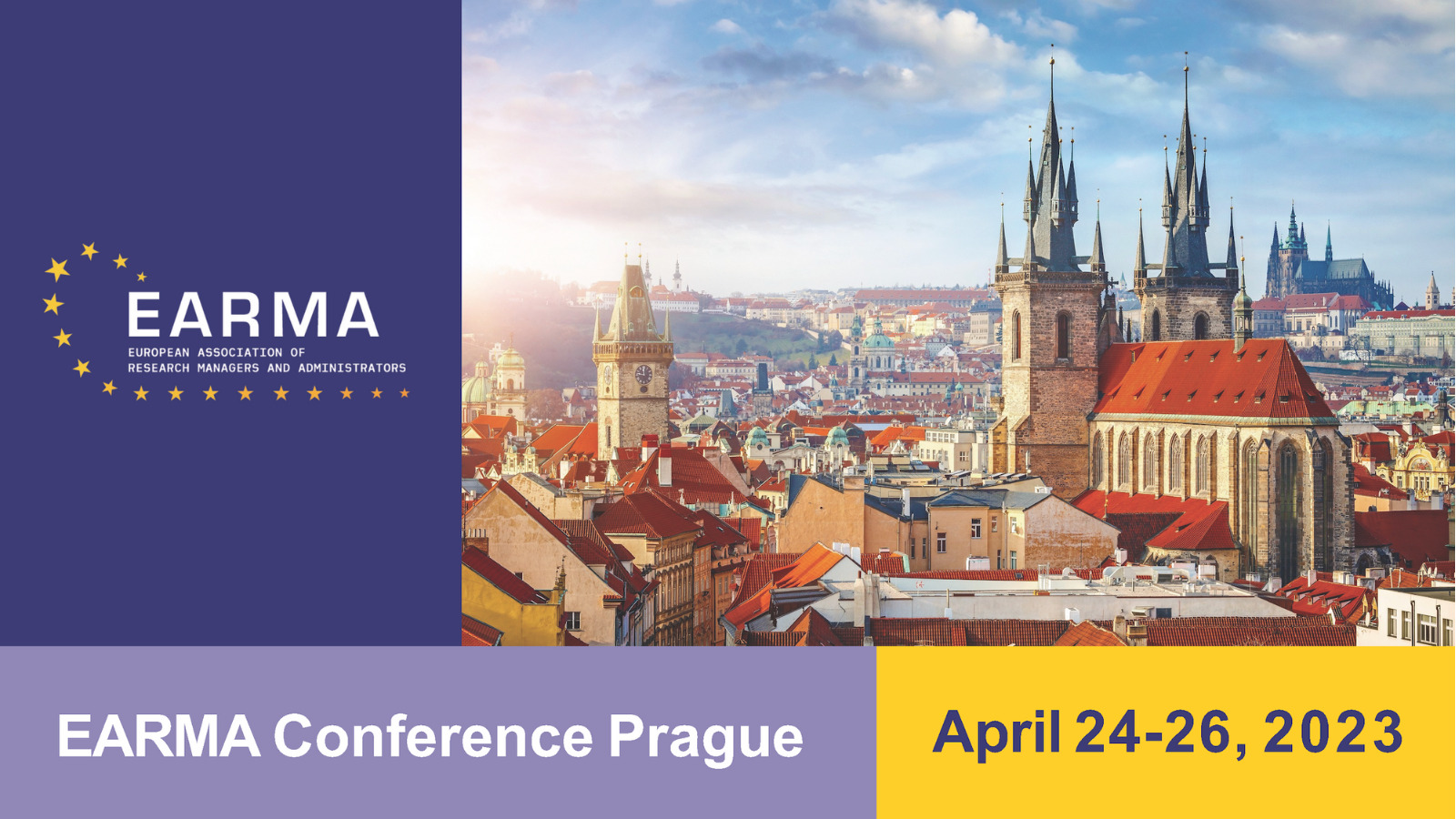Lean thinking in the design of R&D projects
Lean thinking for the design of research and development in the framework of the European collaborative project
Conference
Format: Pecha Kucha
Topic: Proposal Development
Session: 🥎🟢 Pecha Kucha on Policy, Strategy, Evaluation and Foresight & Proposal Development
Wednesday 26 April 11:30 a.m. - 12:30 p.m. (UTC)
Abstract
The analysis of the setting up and drafting of various European collaborative projects gives an idea that the Lean thinking approach is the cornerstone of the matter. Lean was revealed in the form of "Lean Manufacturing" but at present, "Lean" can be diffused in almost all areas of activity. The main principles of "Lean thinking" are to make the process more efficient by identifying and eliminating waste, by knowing the expectations of customers and by organizing to respond to. What does this mean in the case of the R&D design of the European collaborative project?
First of all, it is important to have a clear vision of where you are going and to determine the fundamental steps. You have to define a value - what needs are you going to satisfy (scientific, economic, social, etc.)? Identify the value chain, identify the process, position yourself, and identify the skills needed in this process (potential partners). Consider a cross-sectoral and cross-disciplinary approach to ensure consortium diversity to represent the entire value chain. Partners should have a specific role and bring a real added value. Setting ambitious goals shared by the project partners that go beyond the state of the art will avoid reinventing the wheel and will allow to be competitive. Don't forget that your European R&D project must be aligned with the objectives and ambitions of the European institutions. Identifying value-added and non-value-added activities avoids waste. Ensure that the value-creating activities follow one another until the end of the creation without interruption, plan 2 or 3 more scenarios to be agile. Including potential users in the consortium will pull the flow and create value that meets their needs. Strive for excellence, stay open to new ideas for improvement, strive to maintain progress, plan various activities to disseminate and use the results. Lean is not just a set of methods and techniques but a global management to help maintain the project consortium in favorable conditions for creation. Determination of specific tasks of the R&D project and their interaction will allow building a critical chain (PERT diagram as a visualization) for the CCPM (Critical Chain Project Management) application while considering the main constraints and capacities. CCPM is an important tool to win the course on time and be efficient. In the Horizon Europe R&D design proposal, one of the keywords is open. Open science is a new approach to scientific cooperative work and new ways of disseminating knowledge thanks to digital technologies and new collaborative tools. It is important that knowledge circulate more freely in order to be effectively transformed into products and services, creating new markets. Open science and open innovation with the opening of the innovation process to all active players are therefore the game-changing factors. Integrating the socio-economic dimension (SSH) into the design, development and implementation of research and new technologies can help find solutions to societal issues more effectively. Being a "green thinker" is also important as it saves resources and solves climate issues.

